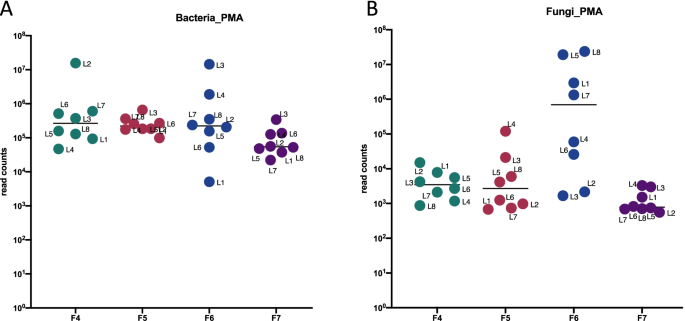アドバンスト・フォトン・ソースで行われた実験で、地球のコアとマントルの境界の状況が再現され、その結果、驚くべき発見がなされたのです。 Experiments conducted at the Advanced Photon Source recreated conditions at Earth’s core-mantle boundary, which led to a dazzling discovery.
2022-10-25 アルゴンヌ国立研究所(ANL)

New research conducted at APS found that under the conditions present where Earth’s outer core (second ring from the center) meets the lower mantle (third ring from the center), water and metal combine to form diamonds. (Image by Shutterstock/ Rost9.)
コア・マントル境界の温度は溶岩の2倍以上あり、含水鉱物から水が放出されるのに十分な温度である。そのため、地球のコア・マントル境界で溶融した金属に水が当たると、鉄が錆びるような化学反応が起こる可能性がある。
ビームラインで、鉄と炭素の合金と水(高圧の氷)を地球のコア・マントル境界で想定される圧力と温度まで圧縮し、合金を溶かしました。
すると、地表のサビと同じように、水と金属が反応して、酸化鉄や水酸化鉄ができることを発見した。しかし、コア・マントル境界の条件では、地表のサビと異なり、液体の鉄金属合金の中から炭素が出て、ダイヤモンドを形成することを発見した。
地球のコアとマントルの境界における極限状態をシミュレートするため、2つのダイヤモンドアンビルの間にごく少量の物質を挟み、数百万気圧の圧力に到達させ、強力なレーザーでサンプルを数千度に加熱しました。
鉄は、炭素と高い親和性を持っているので、コアには、かなりの炭素が存在すると予想され、一方、マントルには、比較的炭素が少ないと考えられている。しかし、マントルには予想以上に多くの炭素が存在することがわかった。
<関連情報>
- https://www.anl.gov/article/scientists-discover-a-potential-diamond-factory-near-the-center-of-the-earth
- https://agupubs.onlinelibrary.wiley.com/doi/10.1029/2022GL098271
地球コア・マントル境界における水によるダイヤモンド生成の研究 Water-Induced Diamond Formation at Earth’s Core-Mantle Boundary
Byeongkwan Ko,Stella Chariton,Vitali Prakapenka,Bin Chen,Edward J. Garnero,Mingming Li,Sang-Heon Shim
Geophysical Research Letters Published: 11 August 2022
DOI:https://doi.org/10.1029/2022GL098271
Abstract
The carbon and water cycles in the Earth’s interior are linked to key planetary processes, such as mantle melting, degassing, chemical differentiation, and advection. However, the role of water in the carbon exchange between the mantle and core is not well known. Here, we show experimental results of a reaction between Fe3C and H2O at pressures and temperatures of the deep mantle and core-mantle boundary (CMB). The reaction produces diamond, FeO, and FeHx, suggesting that water can liberate carbon from the core in the form of diamond (“core carbon extraction”) while the core gains hydrogen, if subducted water reaches to the CMB. Therefore, Earth’s deep water and carbon cycles can be linked. The extracted core carbon can explain a significant amount of the present-day mantle carbon. Also, if diamond can be collected by mantle flow in the region, it can result in unusually high seismic-velocity structures.
Key Points
- Water reacts with iron-carbon alloy to form diamond at the P–T conditions expected for Earth’s core-mantle boundary
- Some of Earth’s mantle carbon may come from the core through water-induced reactions at the core-mantle boundary
- Diamonds formed at the core-mantle boundary may result in high seismic velocity structures in the region
Plain Language Summary
Carbon plays a vital role in geological processes occurring in the Earth’s interior. While most carbon on Earth exists in its core, whether or not the core carbon can be added to the mantle is unclear due to the lack of knowledge of possible carbon transfer mechanism at the core-mantle boundary (CMB). We conducted experiments by reproducing the extreme pressure and temperature conditions of the CMB. Our experiments show that water can react with the metallic iron core and liberate carbon as diamond, suggesting an important relationship between Earth’s water and carbon cycles. In addition, our result predicts possible existence of diamond in some regions of the deepest mantle.



